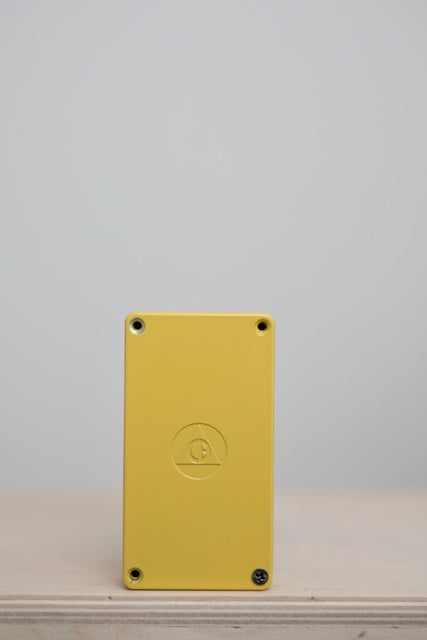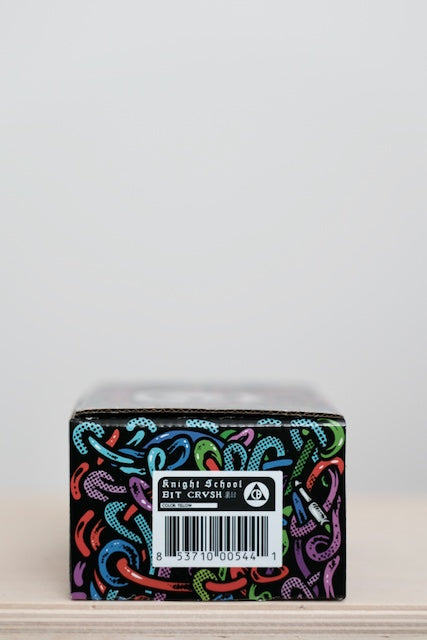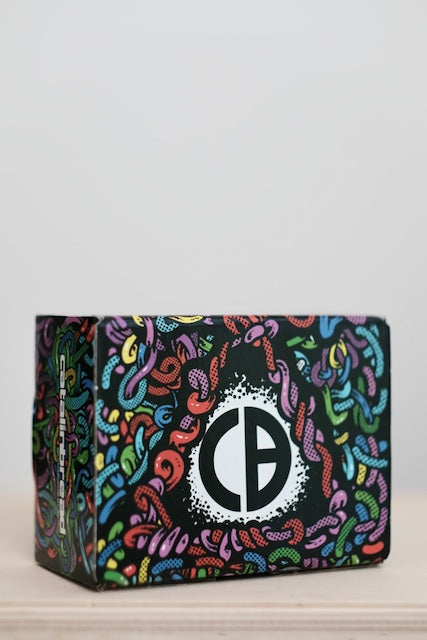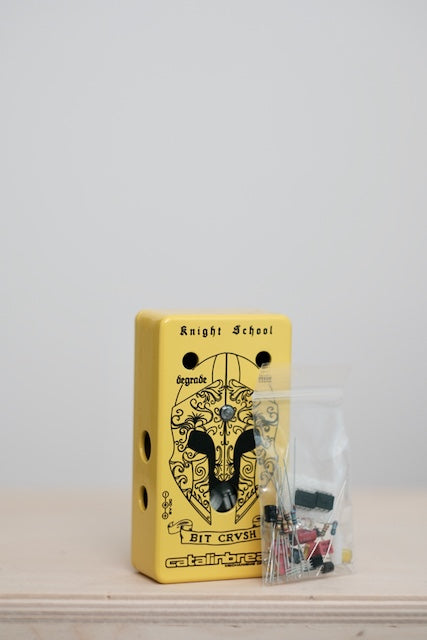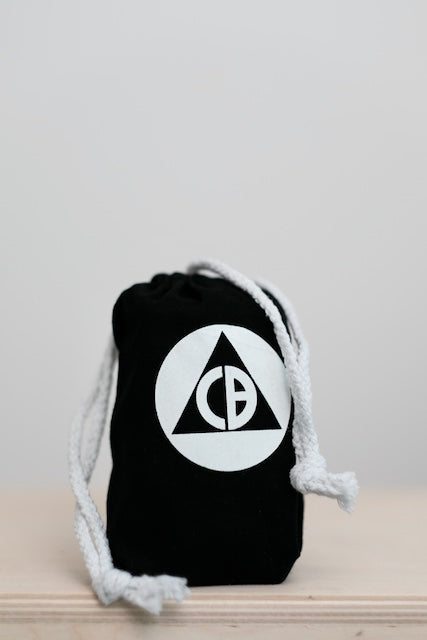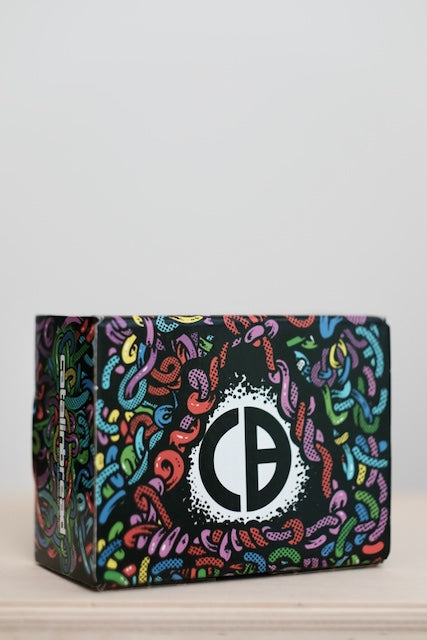Catalinbread
Catalinbread Knight School Bit Crush
Catalinbread Knight School Bit Crush
Brand new. Authorized dealer.
From the manufacturer:
Instructions: https://cdn.shopify.com/s/files/1/0370/1873/0628/files/KS-bit-crush-instructions-min.pdf?v=1717959284
Long a studio trick of the trade, sample rate reduction (commonly called “bitcrushing” though the two are different) is a relatively new effect that takes snapshots of your input signal and “approximates” them with less and less accuracy as the effect intensifies. While virtually unknown to most just a decade ago, many modern synthesizers and outboard processing devices now come equipped with this effect. In a nutshell, it makes your guitar or other instrument sound like old-school video games. We’ve leveled up this effect by offering one simple addition: the humble Mix control. With this, you can use our Bitcrusher kit to destroy your signal as much or as little as you want with a simple twist. You can use the Bitcrusher as a processor for your other effects, blending in just a little for some amazing unique textures, or a ton for complete annihilation.
In the epoch of guitar effects, “bitcrushing” and “sample rate reduction” are among the newest. Despite its funky and rare usage, even ring modulators were available in the ‘60s. However, bitcrushing and sample rate reduction are distinct byproducts of digital technology, more specifically they pertain to quantization errors with respect to different axes.
Be that as it may, the two terms have been conflated for years, but neither of these names appeared organically in the first iterations of these effects. The DigiTech Space Station called their sample rate reduction program “Pixelator”. Another early example—the Alesis Bitrman—calls theirs “Decimator”.
Even though bitcrushing involves lowering the bit depth of the signal, it is the sample rate reducer that evokes the sounds most associated with ‘80s video games, and so that term became entangled with the concept of bitcrushing, such that many gearheads use the terms interchangeably and call it a day. It’s like in Texas, “Coke” at a restaurant can mean any type of soda. I disagree with both of these but the public has won out.
So, what does all this actually sound like? Well, sample rate reduction takes “snapshots” of the input signal at some high rate, and then drops the frequency at which these snapshots are taken into the audible range such that we can hear them. Each of these snapshots (Riemann sums for you math folks) becomes wider as sample rate is reduced, forming a “stepped approximation” of the input signal. The lower the sample frequency, the more “pixelated” with waveform looks, which is likely why DigiTech chose the program name in the Space Station. Either way, it reminds me of Atari games.
Our Bitcrusher kit is taken from the engine of one of our old-school pedals, the Heliotrope, which was itself an adaptation of an old DIY project, called (fittingly) “analog bit crusher.” If any effect begs for a mix control, it’s this. And surprisingly, many pedals that do this do not offer one. We do, and it makes for an absolutely killer effect. Run other pedals into it for some otherworldly flavor you just can’t find anywhere else.
Couldn't load pickup availability
Share


